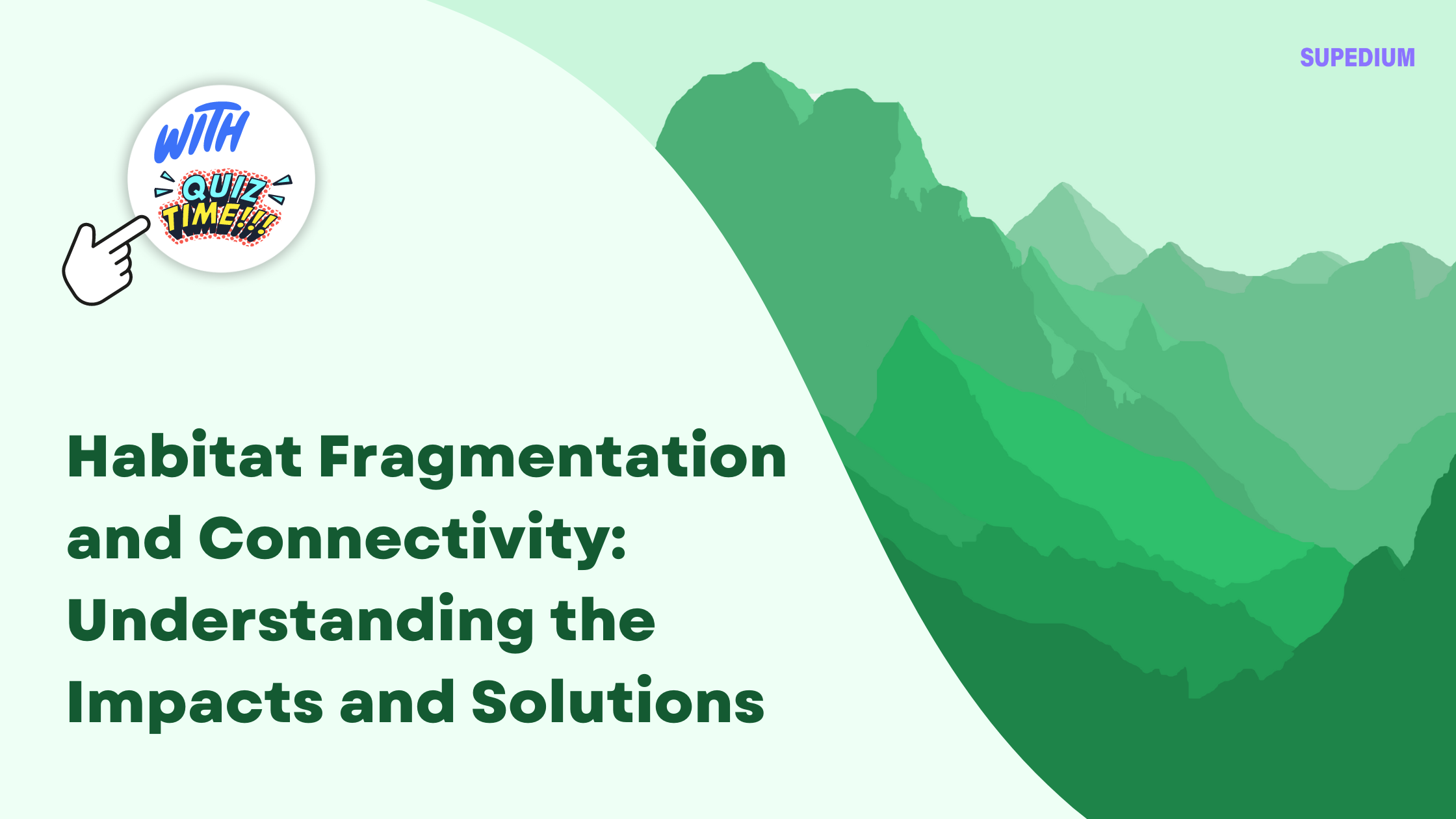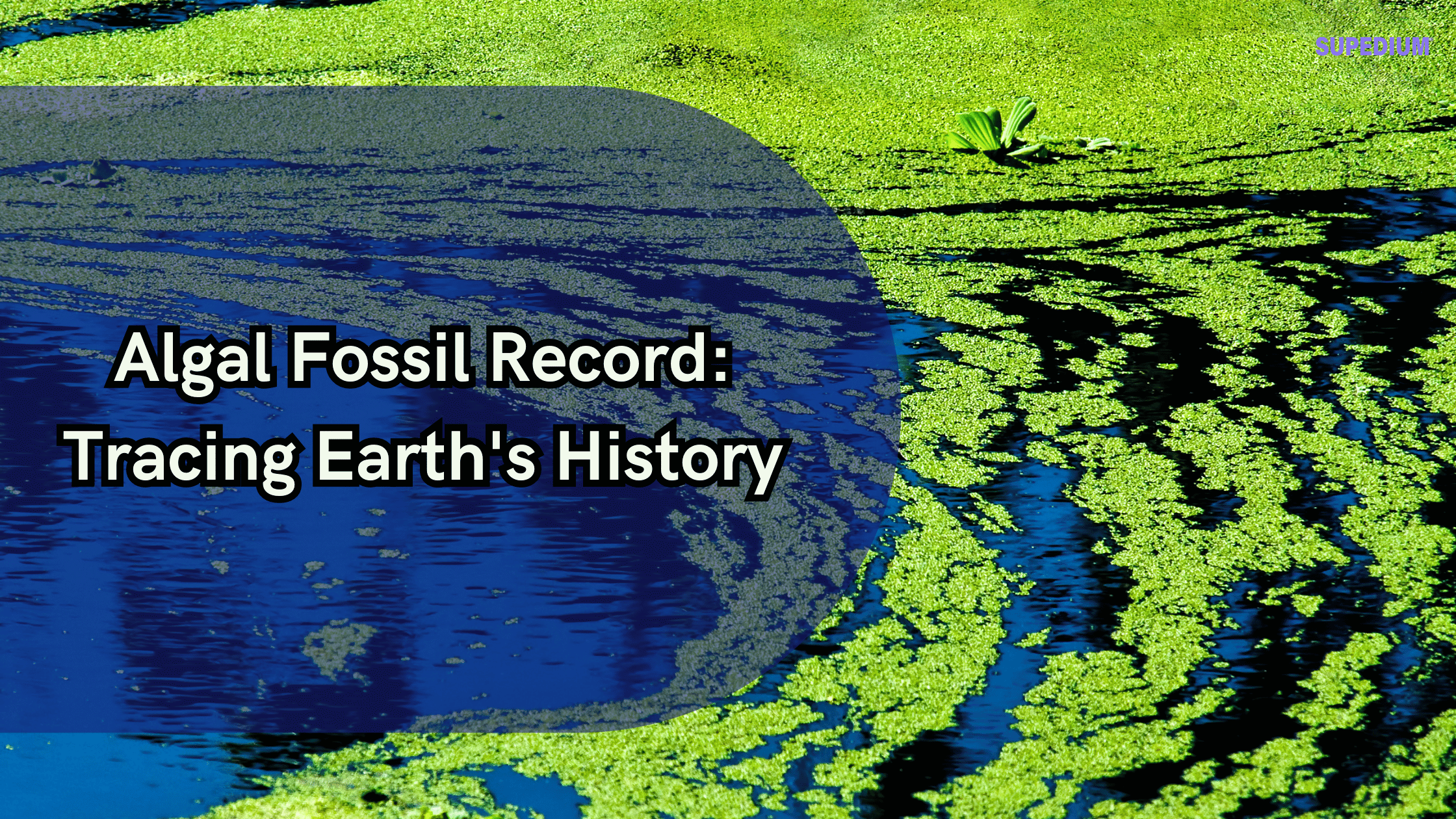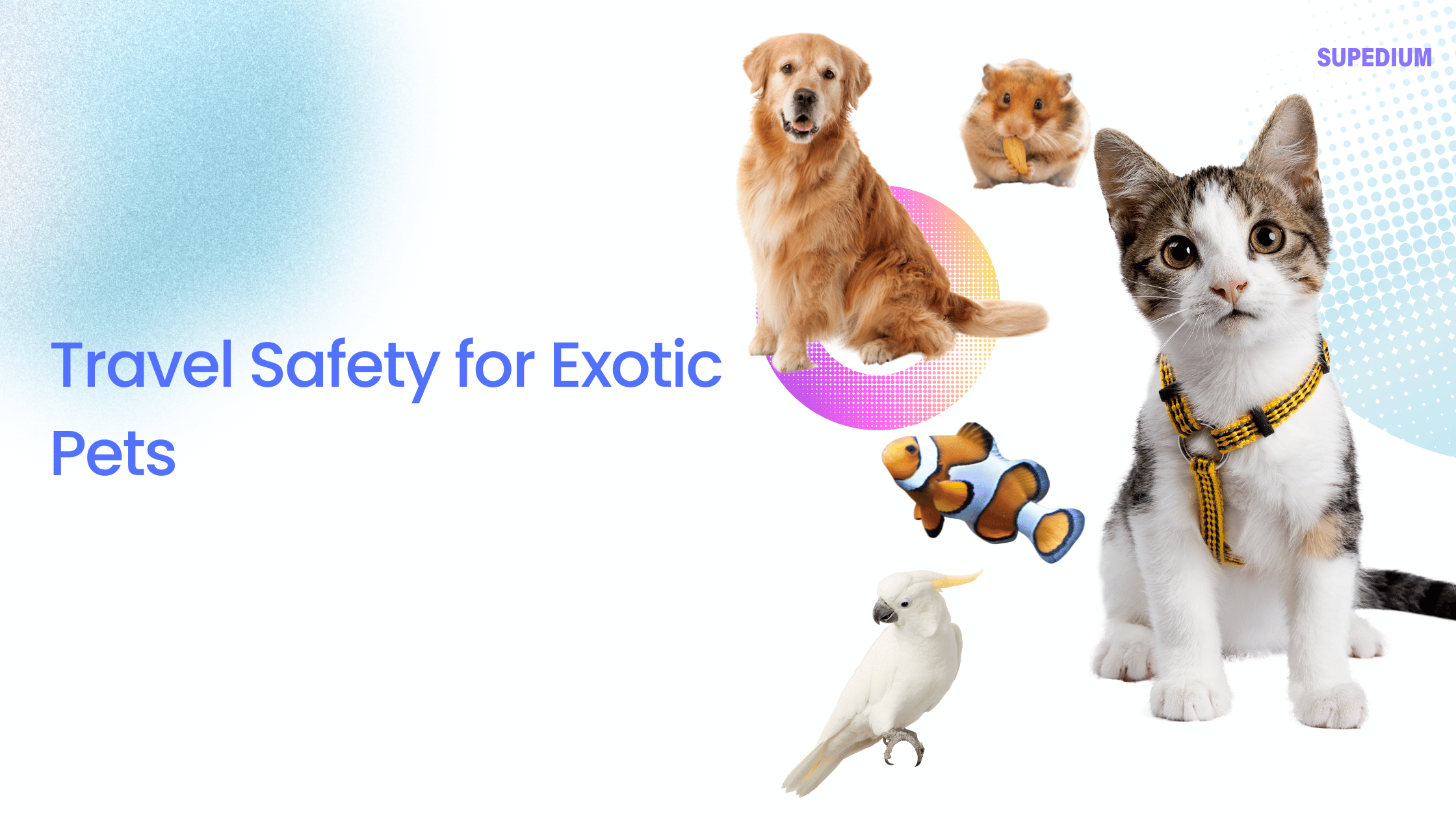Table of Contents
![]()
Introduction
Habitat fragmentation refers to the process where large, continuous habitats are broken into smaller, isolated patches, often due to human activities or natural events. This phenomenon disrupts ecosystems and poses significant threats to biodiversity. Habitat connectivity, on the other hand, describes the degree to which these isolated habitat patches are connected, facilitating movement and genetic exchange among species. Studying both fragmentation and connectivity is crucial for understanding their impact on biodiversity and for guiding effective conservation efforts.
Causes of Habitat Fragmentation
Human Activities
- Urbanization Urban expansion is a leading cause of habitat fragmentation. The development of cities, residential areas, and infrastructure such as roads and bridges often results in the destruction and division of natural habitats. As urban areas grow, they encroach upon forests, wetlands, and other ecosystems, leading to the fragmentation of habitats into smaller, isolated patches.
- Agriculture The conversion of land for agricultural purposes significantly contributes to habitat fragmentation. Large tracts of natural land are cleared to make way for crops and livestock. Intensive farming practices also introduce pesticides and fertilizers that can further degrade surrounding habitats and affect wildlife.
- Logging Logging operations, both legal and illegal, lead to the destruction of forests and other wooded habitats. This not only removes the trees that are crucial for many species but also disrupts the habitat structure, leaving behind fragmented patches that are often unsuitable for wildlife.
- Transportation Networks The construction of roads, railways, and highways divides landscapes and creates barriers for wildlife movement. These infrastructure developments can isolate populations, hinder migration routes, and lead to increased mortality due to vehicle collisions.
- Mining Mining activities, whether surface or underground, result in significant habitat destruction. The extraction of minerals and fossil fuels disrupts landforms, contaminates soil and water, and often leads to the creation of barren landscapes where ecosystems struggle to recover.
Natural Events
- Wildfires Wildfires, while a natural part of many ecosystems, can contribute to fragmentation when they occur with high frequency or intensity. Fires can create a mosaic of burned and unburned areas, altering habitat availability and structure.
- Floods and Erosion Natural flooding and erosion events can reshape landscapes, creating new habitat patches while destroying existing ones. These changes can impact the connectivity between habitats and the overall structure of ecosystems.
- Climatic Changes Changes in climate, such as shifts in temperature and precipitation patterns, can affect habitats by altering their suitability for certain species. This can lead to changes in habitat distribution and connectivity, as species migrate in response to changing conditions.
Effects of Habitat Fragmentation
On Species
- Loss of Biodiversity Fragmentation often leads to a decrease in species richness and increases the risk of extinction for species that rely on large, continuous habitats. Specialized species, in particular, are vulnerable when their habitat is fragmented into smaller, less suitable patches.
- Edge Effects Habitat edges, created by fragmentation, experience different environmental conditions compared to the interior of habitats. These edge effects can alter microclimates, increase exposure to predators, and change the composition of species, often disadvantaging species that thrive in interior habitats.
- Isolation of Populations Isolated habitat patches can lead to reduced genetic diversity due to limited gene flow between populations. This isolation increases the risk of inbreeding, reduces the ability to adapt to environmental changes, and may lead to population decline.
- Disruption of Species Interactions Fragmentation can disrupt key ecological interactions, such as predation, competition, and mutualistic relationships. For example, fragmented habitats may hinder the movement of pollinators or disrupt the predator-prey dynamics, affecting ecosystem health.
On Ecosystem Processes
- Disruption of Ecological Functions Fragmentation can interrupt essential ecological functions such as nutrient cycling, soil formation, and water purification. The loss of these functions can impact ecosystem stability and resilience.
- Alteration of Ecosystem Services Ecosystem services, such as water regulation, soil fertility, and climate regulation, are often compromised by habitat fragmentation. This can affect human well-being as well as ecological health.
Habitat Connectivity
Concept and Importance
- Definition of Connectivity Habitat connectivity refers to the degree to which habitat patches are linked together, allowing for species movement and genetic exchange. This connectivity is crucial for maintaining viable populations and ensuring the persistence of species.
- Benefits for Wildlife Connectivity facilitates migration, dispersal, and gene flow, which are essential for species survival. It allows animals to find resources, mate, and adapt to environmental changes. For plants, connectivity aids in seed dispersal and colonization of new areas.
- Role in Ecosystem Health Connected landscapes are more resilient to environmental changes and disturbances. They support diverse ecological processes and enhance the overall health of ecosystems.
Methods to Enhance Connectivity
- Creation of Wildlife Corridors Wildlife corridors are designated areas that connect fragmented habitats, allowing species to move between patches. Effective corridor design considers the needs of target species and integrates corridors into the broader landscape.
- Habitat Restoration Restoration projects aim to rehabilitate degraded habitats and reconnect fragmented landscapes. Techniques include reforestation, wetland restoration, and the reestablishment of native plant species.
- Green Infrastructure Integrating natural elements into urban planning, such as green roofs, parks, and urban forests, can improve habitat connectivity within cities. These features provide refuges and movement pathways for wildlife.
- Land Use Planning and Policy Effective land use planning and conservation policies are essential for maintaining connectivity. Strategies include zoning regulations, conservation easements, and the establishment of protected areas.
Case Studies
Tropical Rainforests
- Fragmentation Impacts in the Amazon In the Amazon rainforest, deforestation for agriculture and logging has led to severe fragmentation. This has resulted in loss of biodiversity, disruption of ecological processes, and challenges for species survival.
- Connectivity Efforts in Southeast Asia In Southeast Asia, efforts to create wildlife corridors and protect key habitats are underway to address fragmentation. These projects aim to restore connectivity and support species such as elephants and tigers.
Temperate Forests
- Effects of Logging in North America Logging activities in North American temperate forests have led to habitat fragmentation and loss of biodiversity. Conservation initiatives focus on creating protected areas and managing logging practices to mitigate these impacts.
- Connectivity Projects in European Forests European countries have implemented various connectivity projects, including ecological networks and habitat restoration, to address fragmentation and enhance biodiversity.
Grasslands and Savannas
- Impacts of Agriculture in African Savannas Agricultural expansion in African savannas has fragmented habitats and affected wildlife populations. Conservation efforts are focused on sustainable land use practices and the creation of wildlife corridors.
- Conservation Corridors in North American Prairies In North America, conservation corridors and restoration projects aim to reconnect fragmented prairies, supporting species such as bison and prairie chickens.
Challenges and Future Directions
Data and Monitoring
Accurate data and monitoring are crucial for understanding habitat fragmentation and connectivity. Advances in remote sensing, GIS technology, and wildlife tracking provide valuable information for conservation planning.
Balancing Development and Conservation
Finding a balance between development and conservation is essential. Sustainable development practices, stakeholder engagement, and integrated conservation strategies can help mitigate the impacts of habitat fragmentation.
Climate Change Considerations
Climate change affects habitat dynamics and connectivity. Adapting conservation strategies to account for shifting climate patterns and ensuring the resilience of ecosystems will be crucial for future efforts.
Conclusion
Habitat fragmentation and connectivity are critical issues in conservation biology. Understanding the causes and effects of fragmentation, along with implementing strategies to enhance connectivity, is vital for preserving biodiversity and maintaining healthy ecosystems. Continued research, effective policy implementation, and collaborative conservation efforts are essential for addressing these challenges and ensuring the future of our natural landscapes.






Be the first to comment